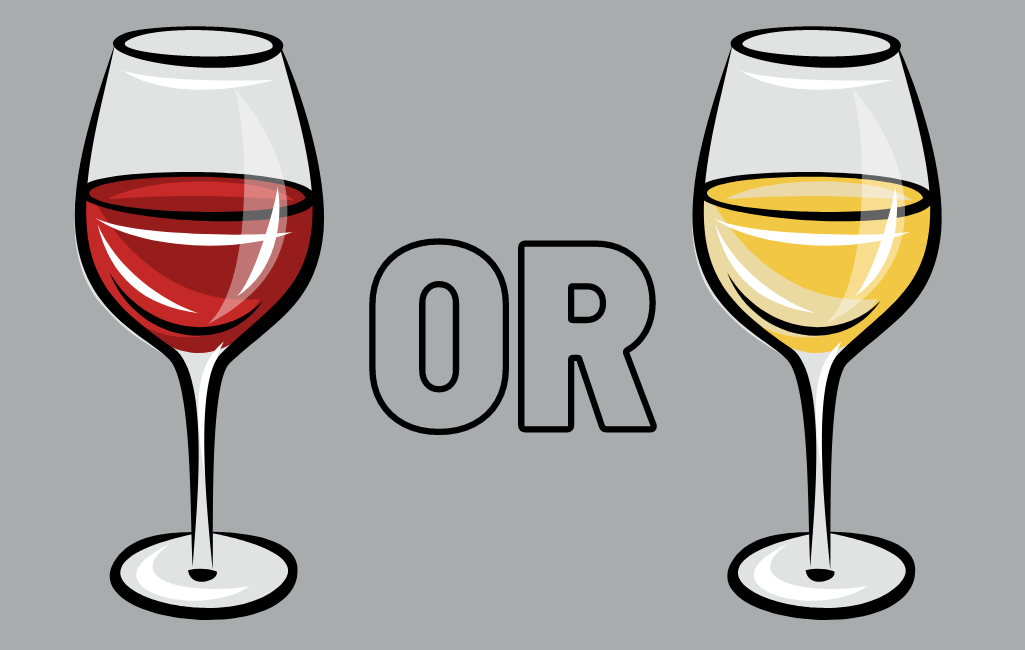
Our Advice On How To Pair Your Wine With Your Food
Pairing wine with food is an art form many people overlook or deem unnecessary. But, when done right, it can enhance the flavors of both substances and elevate your dining experience, making it more enjoyable for you and your guests.
Whether you are a wine connoisseur or just someone who likes a glass with your meal, understanding the basics of pairing is a great way to take your dining experience from good to great.
Following simple guidelines and experimenting with different combinations, you can discover the perfect wine to complement your favorite meals and create a truly memorable dining moment.
Understanding Basic Wine Characteristics for Pairing
Wine pairing can be a fun and rewarding experience, but it can also be daunting, especially for those who are new to the world of wine. The best way to get started on your journey is to understand the basic wine characteristics, which can help demystify the process and make it more approachable.
Wine Acidity
Acidity is an essential characteristic of wine that plays a crucial role when it comes to pairing with food. Wines with high acidities, like Sauvignon Blanc, are crisp and refreshing, which goes well with tangy dishes like goat’s cheese. In contrast, wines with low acidity, such as Chardonnay, are soft and mellow, best suited for buttery and creamy dishes, like chicken Alfredo.
A great tip for assessing the acidity of a wine, if you are having trouble, is to take a sip and see whether your mouth puckers or waters. If it does either of the two (or both), then the chances are that you are consuming wine with high acidity.
Tannins
Tannins are a type of polyphenol found in the skins, stems and seeds of grapes, and they are primarily found in red wines. Tannins provide structure and texture to the wine, leaving you with a rough or drying sensation in your mouth.
Wine tannins can also help cut through the richness of fatty and protein-heavy dishes, making them a key factor in pairing red wine with your meals.
For example, a wine that contains high levels of tannin, such as Cabernet Sauvignon, pairs well with steak and other red meats, whereas a low-tannin wine, like Pinot Noir, goes well with salmon or other fatty fish as the wine’s lighter body won’t overpower the delicate flavors of the fish
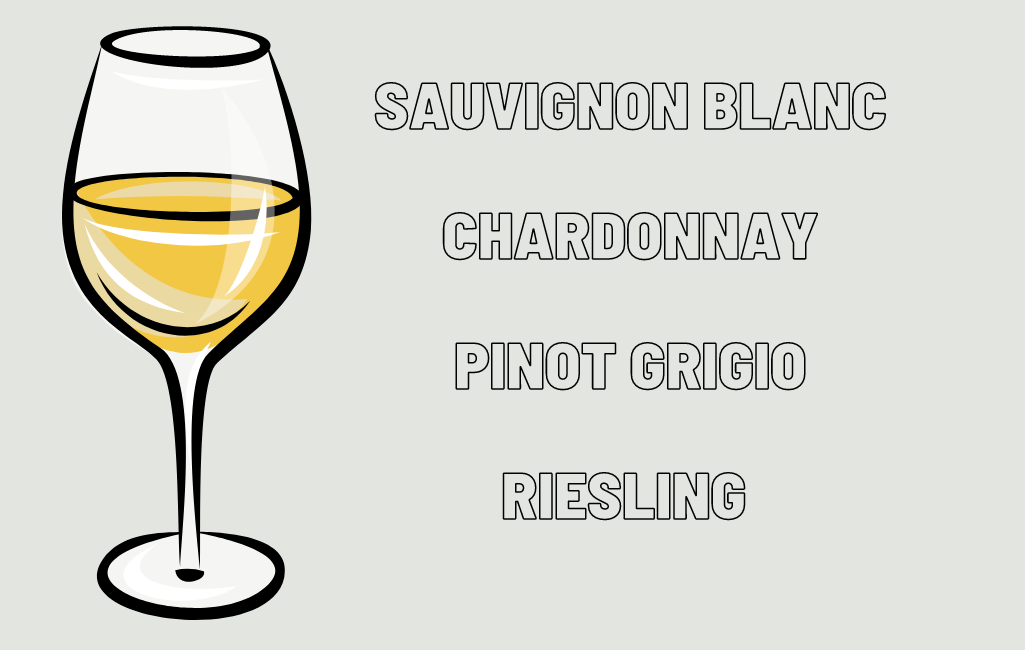
Learn About Wine Sweetness Scale
The sweetness of wine can vary widely from bone-dry to very sweet, so it is important to understand where a wine falls on this scale to pair it with your food better.
The general consensus is that the wine should be sweeter than the food it is being paired with, as it can help balance out the saltiness or spiciness of the food.
A good example of applying this in practice would be to pair a semi-sweet Riesling wine with spicy Thai or Indian dishes to cut through the heat or a dry Champagne with salty foods like oysters.
Wine Body and Weight
When referring to the body and weight of the wine, we are talking about the overall texture and physical sensations caused in the mouth.
Hence, light-bodied wines are those that feel thin, crisp and refreshing, with a general rule being that they have an alcohol percentage under 12.5 per cent. Full-bodied wines, however, are rich, heavy and thick and tend to have a higher alcohol percentage.
It is best to pair a lighter wine, such as Pinot Grigio, with salads or seafood dishes so as not to be overpowered by any bold flavors. In contrast, heavier wines, like Syrah, pair well with hearty stews or grilled meats because they can overwhelm more delicate dishes.
Balancing Flavor Intensity
You also need to consider the overall flavor intensity of both the food and wine when choosing how to pair them. A wine that is too strong or overpowering because of its intense flavors can detract from the flavors of the food, while a wine that is too weak can get lost in the dish’s complexity.
For example, a bold Cabernet Sauvignon can be paired with a grilled ribeye steak as the wine’s full-bodied flavor can stand up to the strong flavors of the meat. A delicate Pinot Noir, on the other hand, pairs well with a mild fish, like salmon, since the subtle flavors of the wine won’t overpower the fish.
Similar or Contrasting Flavor Profiles
Identifying and pairing wines with similar or contrasting flavor profiles is an excellent way to create a harmonious pairing between your alcoholic beverage and your food.
Typically, the flavor profile of a wine is outlined on the bottle with the most common being fruity, nutty or herby, so once you have identified the flavor you can use it to either enhance or counterpoint your meal.
The easiest method is to match the wine flavor with the flavor of the dish. Therefore, a Chianti Classico with tomato and herb notes would be paired with a tomato-based pasta or pizza, and a buttery Chardonnay would be served alongside a buttery lobster or scallops.
At a more advanced level of wine pairing, contrasting flavors can be a refreshing change of pace when done correctly. For example, pairing the buttery Chardonnay with an Indian curry to cut through the spiciness.
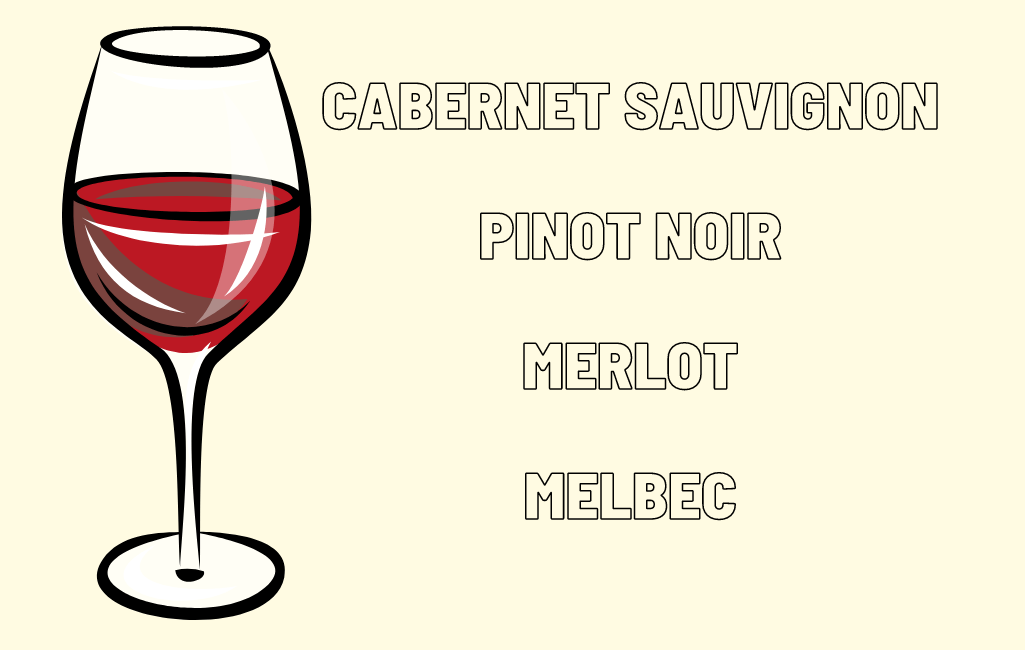
Our Expert Advice On Pairing Wines With Spicy Dishes
In order to select the best wine for a spicy dish, you must consider all of the aforementioned points otherwise the heat could overwhelm the flavors of the wine.
The wines that best complement spicy meals are those that are sweeter or have low tannins as they balance out the heat, whilst wines with high acidity can be effective for cutting through it.
How To Choose The Right Wine Temperature For Optimal Pairing
The temperature at which wine is served can significantly impact the overall performance of the pairing. If it’s too cold or too warm, then the flavors will be dull, so even if you have made the right pairing, you won’t get the full experience.
The general rules to follow are;
White wines should be served colder than red wines
Light-bodied white wines should be served at around 45°F
Full-bodied white wines should be served at around 50-55°F
Red wines should be served at room temperature (60-70°F)
You should also allow your wine time to breathe before being served as this will also enhance its flavors and aromas.
The Difference Between Old World and New World Wines
Finally, you need to be able to make the distinction between Old World wines and New World wines to solidify your understanding of basic wine characteristics.
The difference between the two stems from their geographical origins and the winemaking traditions that have developed in those regions.
Old World wines come from regions with a long history of winemaking, including Europe and parts of the Mediterranean, and they are typically made using traditional winemaking techniques. These wines often have a lighter body, higher acidity, and lower alcohol content than New World wines.
New World wines, on the other hand, come from regions that have only recently begun to develop their winemaking traditions, including Australia, New Zealand, the United States, and South America. These wines often have a fuller body, higher alcohol content, and more pronounced fruit flavors than Old World wines.
Our Help With Pairing Wine With Different Types Of Meat
When it comes to pairing wine with meat dishes, finding the right combination can balance and set off the flavors of both the wine and the meat. It can enhance the overall dining experience and demonstrate your knowledge and appreciation of food and wine.
Here’s a simple guide to help you choose the best wine to pair with different types of meat.
The Right Wine For Beef And Lamb
Beef and lamb dishes are best paired with bold red wines because the tannins and acidity of the wine will complement the richness and intensity of these meats.
In particular, Cabernet Sauvignon is a classic pairing with steak, while Merlot and Malbec are excellent choices for lamb. Syrah pairs well with grilled beef, and Pinot Noir is a great match for roasted or braised beef.
Pairing Wine With Chicken and Pork
White wine is the best option for chicken and pork dishes as it tends to be lighter in body and acidity, so it doesn’t overpower the mild flavors and softer textures of these meats.
Some examples of perfect pairings include Chardonnay with creamy chicken dishes, Sauvignon Blanc alongside grilled chicken or pork and Pinot Grigio as a light, refreshing choice for roasted pork or chicken.
Game Meat Wine Pairing
Game meats, such as venison and duck, should be coupled with red wines with a medium to full body. This is because these meats have a very distinct earthy or nutty flavor that requires an equally intense wine for balance.
Pinot Noir pairs well with roasted or grilled venison, while Merlot is a great match for duck dishes, and Syrah is a bold pairing for game meats with rich and bold flavors.
Grilled and Barbecued Meats
The smoky and savoury flavors of grilled and barbecued meats are best paired with red wines that can hold their own alongside it.
For that reason, Zinfandel works well with spicy barbecued ribs, and Cabernet Sauvignon is a classic pairing with grilled steak.
Roasted and Braised Meats
The best choice for roasted and braised meats are full-bodied red wines that can cut through the richness of these meats and cleanse the palate between bites.
Some examples would be to pair Cabernet Sauvignon with beef roast, Merlot with braised beef and Pinot Noir for roasted or braised pork dishes.
The Perfect Wine For Steak and Other Red Meats
Red meats have very intense and complex flavors, so they are best matched with bold, full-bodied red wines, especially those with fruit-forward notes that complement the flavors of red meat.
Cabernet Sauvignon is a classic pairing with steak, and a glass of Malbec goes down well with beef and most other red meats.
Spicy Meat-Based Dishes
It’s important to consider the intensity of the spiciness and the flavor profile of the dish when selecting a wine to serve with it. In general, wines with lower alcohol content and higher residual sugar help to balance the heat so they are good starting points.
White wines are the most popular choices as they have a crisp, refreshing taste, so a glass of Riesling or Gewurztraminer will add a touch of sweetness to the meal.
However, some red wines, such as Zinfandel and Syrah, can work well with spicy dishes too.
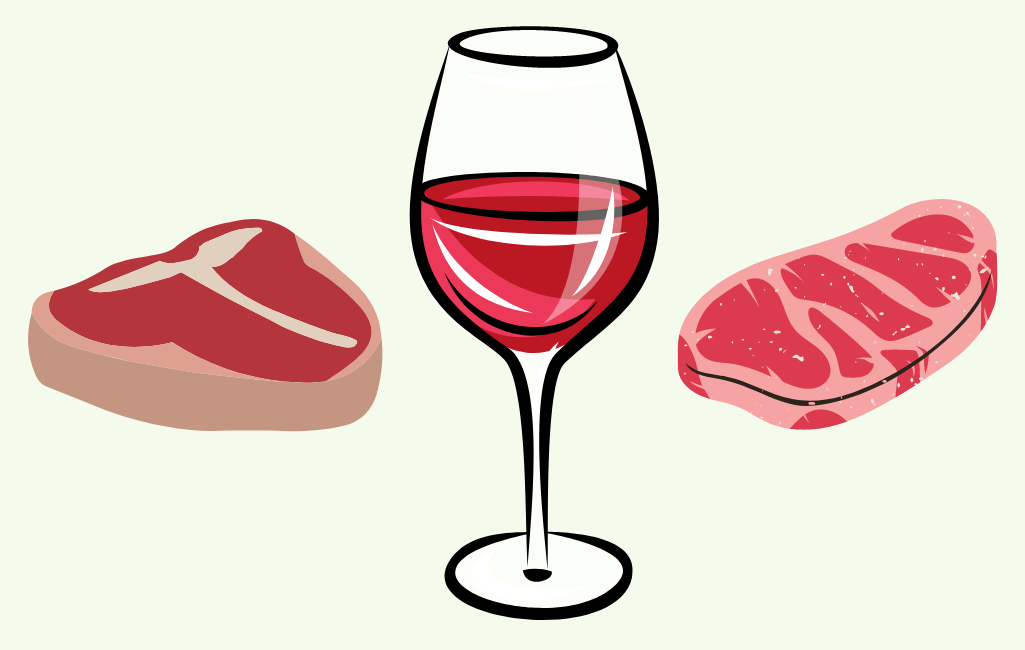
Wine For Meatless Dishes
It can be a little more challenging to pick the right wine for a meatless dish, such as a vegetarian lasagna or tofu stir-fry, as the flavors are far more delicate. The safest choice would be to opt for a light-bodied white wine or sparkling wine whose flavor profile aligns with that intended in the dish.
For example, a buttery chickpea curry can be paired with a Chardonnay which has that creamy texture, or a vegetarian lasagna can be served with a glass of Prosecco.
Pairing Wine with Seafood and Fish
Wine pairing with seafood follows a similar pattern in that you should base your choice on the unique flavors, intensity and texture of the dish.
From seafood pasta dishes to fish tacos, here are some tips for pairing wine with different seafood dishes.
The Ideal Wine With Shellfish
If you’re looking for the perfect wine for any shellfish, then white wines with high acidity and mineral notes are the answer. Some classic pairings include Chardonnay for buttery lobster dishes, Sauvignon Blanc with some sweet crab or rich oyster and Muscadet to go with some salty clams.
Salmon and Fatty Fish
Salmon and fatty fish, like tuna, have rich, oily flavors that need the right wine with enough body and acidity to make an equal impact.
The light body and high acidity of Pinot Noir makes it a great choice, whilst a dry Rosé with a light and fruity nature can work just as well too.
Grilled and Smoked Fish
Grilled and smoked fish dishes typically have bold, smoky flavors that would need a full-bodied wine to match. Red wines, like Syrah or Cabernet Sauvignon, can complement the richness of these dishes. Alternatively, oaked Chardonnay or Viognier can add a buttery note that pairs well with grilled and smoked fish.
Sushi and Raw Fish
It can get quite tricky when pairing wine with sushi and raw fish because you don’t want to overwhelm the delicate flavors in the food. This makes dry and crisp white wines, like Riesling or Pinot Grigio, excellent choices for any raw fish dish and sparkling wines, such as Prosecco and Champagne, for a more adventurous pairing.
Seafood Pasta Dishes
Seafood pasta dishes often feature rich and creamy sauces that require a wine with bright acidity; however, the varieties are so wide-ranging and different that there are many wine options that will work depending on the flavor of the pasta dish.
One of the more popular choices is crisp, dry white wines, such as Sauvignon Blanc, but for pasta with a tomato-based sauce, a light-bodied red wine, for example, Chianti, can be a great match.
Another option is choosing a wine specific to the region where the dish originated. For example, if the seafood pasta dish is Italian, you could choose a white wine from the region of Liguria, such as Vermentino or Pigato, or a red wine from Tuscany, such as Chianti Classico or Brunello di Montalcino.
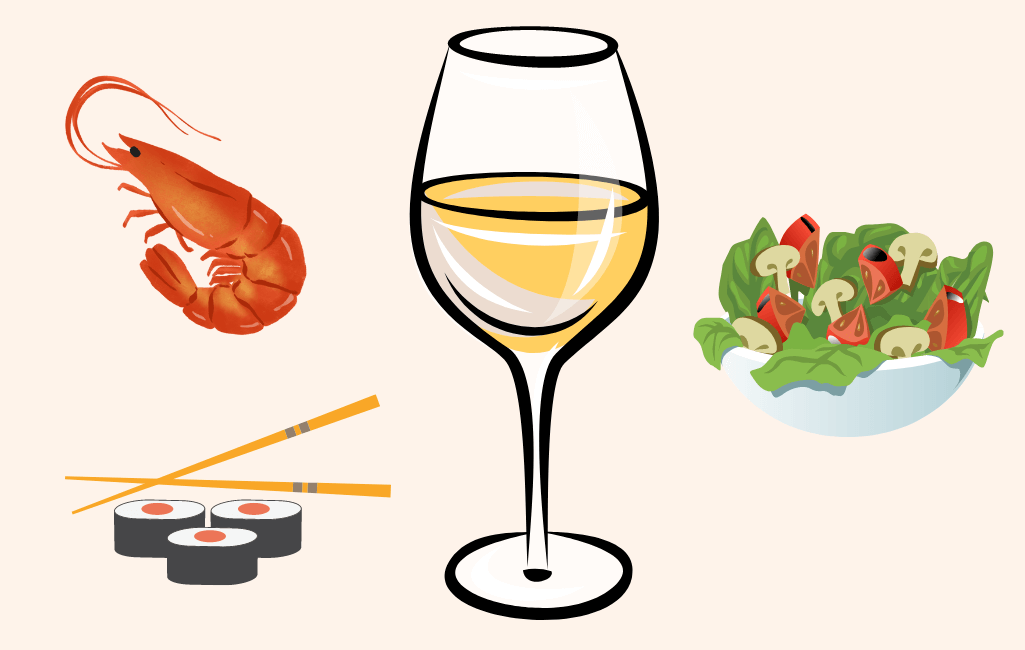
The Best Wines For Fish Tacos and Other Mexican Seafood Dishes
You need to consider the bold and spicy flavors for Mexican seafood dishes to match them with the most appropriate wine.
One option would be to pair fish tacos with a white wine with high acidity levels and bright fruit flavors, such as Sauvignon Blanc or Albariño.
You could also opt for a sparkling wine like a Brut or a Prosecco, using the bubbles as a palate cleanser between each mouthful of food.
Wine With Spicy Seafood
As with any other dish with heat and intense flavors, the best type of wine to reach for is one that will help balance out the heat yet not be overpowered by the food.
Some great suggestions for spicy seafood dishes include Riesling, Sauvignon Blanc, Pinot Noir, Beaujolais, or even a sparkling wine like Prosecco.
Clearly, there is a lot to consider when pairing your wine with your food, starting from the basic wine characteristics to the flavor of the food itself. Though there is a lot to get to grips with, once you follow these tips and guidelines, you can create the perfect pairing that will elevate your dining experiences going forward.
With a little bit of practice and time, you might even become somewhat of a wine expert and impress your guests with your culinary skills. Cheers to that!
Come Visit Petes Brewhouse Redding And Talk about Wine
If you're looking for a delicious meal paired with expertly chosen wine, look no further than Pete's Brewhouse in Redding, California. Our popular restaurant and bar offer a wide variety of tasty dishes, from burgers and sandwiches to salads and seafood. But what sets Pete's Brewhouse apart is their dedication to pairing our meals with the perfect wine.
Whether you're a wine connoisseur or just looking to try something new, the staff at Pete's Brewhouse are there to help. We have a deep knowledge of the wine list and can recommend the perfect wine to complement your meal. From rich and bold reds to crisp and refreshing whites, We have a wine for every taste and occasion.
But the wine is only part of the experience at Pete's Brewhouse. Our food is equally impressive, with options to please even the pickiest of eaters. Our burgers and pizzas are particularly noteworthy, with juicy, flavorful patties made from high-quality meat. But we also offer lighter fare, such as fresh salads, grilled seafood and our award-winning pizza.
One of the best things about Pete's Brewhouse is the atmosphere. Our ambience is warm and inviting, with comfortable seating and soft lighting. It's the perfect spot for a casual dinner in Redding with friends or a romantic date night. And if you're a beer lover, we also have a great selection of craft beers on tap.
So why should you visit Pete's Brewhouse in Redding? For the delicious food, the expertly chosen wine, and the inviting atmosphere. So come in, grab a seat, and enjoy a memorable dining experience at one of the best restaurants and bar in Redding California Pete's Brewhouse!
All rights reserved 2021. Site by Khamu Solutions